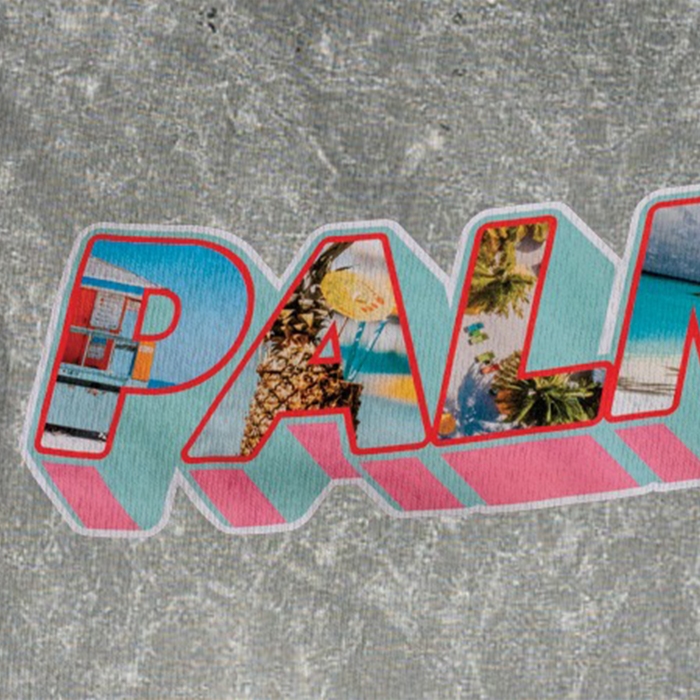How does it work?
This one-step heat transfer technique involves printing a design onto a film, then using an adhesive powder & heat, to press and transfer the design onto the substrate.
Unlike screen printing or vinyl transfer, Direct-to-film transfer (DTF) is compatible for printing on a wide range of fabric types and surfaces (cotton, polyester, metal, etc). Contrary to vinyl heat transfers, Direct-to-film transfer is relatively simple and quick, because it doesn’t require weeding or cutting of the design (removing excess colors, elements).
When is the DTF transfer printing method used?
Direct-to-film transfer printing solution is most commonly used for orders of smaller quantities, or custom designs with a lot of ink colors, or artwork intended to be printed in obscure locations (near the seam, collar, etc).
Advantages of Direct-to-Film (DTF) Transfer Printing:
- Low-minimum order quantities
- No restrictions on the number of ink colors
- Quick, Easy, & Efficient: No pre-treatment required, and is consistent in replicating photorealistic & complex designs.

